Take a moment to consider the acquaintances you talk to every day: It could be a coworker, neighbor or even a favorite barista. They smile, chat about their weekend plans and ask after your kids.
Now imagine that on the inside, they're experiencing debilitating headaches, loneliness and persistent negative thoughts. Their energy is so low it was almost impossible for them to pull themselves out of bed this morning. But you'd never know it.
This is the reality for people who live with dysthymia, or chronic depression ― a high-functioning iteration of the disease. Like major depression, high-functioning depression can cause changes in appetite, poor sleep and emotional difficulties. But it's a lot harder to spot.
Depression affects nearly 350 million people worldwide, which means chances are you know someone who has some form of the disorder.
Arguably one of the most challenging aspects of high-functioning depression is the lack of understanding that comes with blending in so well. We asked members of our HuffPost Lifestyle Facebook community who face the condition to tell us what they wished everyone else understood:
1. People can't comprehend the difficulty of their symptoms.
Depression is a difficult, debilitating condition. End of story.
“Because I can work full time and do well, own my own home and take care of everything myself, people underestimate just how deeply I struggle and how hard it is to function some days. It takes time to process things. Negative experiences stay with me for awhile when others can move on quickly. They just label me as negative, dramatic or too sensitive but it's my process.” ―Christine Dolan
2. Everyday activities, like going to work, still feel impossible.
Just because you see a person with this type of condition powering through their to-do list doesn't mean it comes naturally for them.
“It's hard enough holding it together but it's even harder when you know people are misjudging you and not giving you credit just for getting out of bed.” ―Christine Dolan
3. Their illness doesn't have to be seen in order to be real.
Not all health conditions are visible to the naked eye. But just because you don't notice an illness, doesn't mean it doesn't exist.
“Just because I seem successful and look like I have it all together doesn't mean I can't be 5 minutes or one bad experience away from a total breakdown. And that fact scares the hell out of me.” ―Michelle Martin Haywood
4. They appreciate you checking in on them.
Support from others reminds a person with depression that they're not alone.
“You should text and check on me, even if I don't or can't text right back.
The thoughts are very, very exhausting so just getting through the day needs to be enough sometimes.” ―Julie Kenney Myett
5. The condition goes deeper than just life's circumstances.
Depression has a way of taking every negative thought you have about yourself and putting it up on a big screen inside your mind. Just because it seems like someone “has it all,” doesn't mean they're not affected by the mental health condition.
“I work full-time and I'm married. I try very hard to be 'normal.' People ask me 'Why are you sad? You have everything. You're so beautiful. You have a lovely husband, a good job, money etc.' If only they knew the turmoil in my head ... it never goes away and it is very exhausting.” ―Jayne SC
6. The appearance on the outside doesn't always match the inside.
What you see isn't always what you get when it comes to high-functioning depression. A person my look like they have everything figured out or may be functioning normally, but their inner world could be vastly different.
“From the outside I look like I have it all together, but the truth is I find everything exhausting. Getting up, eating breakfast, taking my kids to school ― all of it saps my energy. I walk around in a state of perpetual exhaustion.” ―Jennifer Hazen
8. A little gesture goes a long way.
It may seem like no big deal to you, but offering to do something as simple for your loved one may make a huge difference.
“I wish people would make more of an effort to come to me rather than expecting me to travel (a lot of my friends and family live a couple of hours away), it would take so much pressure off.” ―Caitriona Foley
9. Feeling better isn't a matter of just adjusting their attitude.
You can't just “get over” depression or “stop feeling sad.” Depression at its core is a physiological disorder and affects areas of the brain. It also comes with physical symptoms as well.
“People think you are lazy when it takes the your entire will to get out of bed in the morning.” ―Meredith Elmore
10. Treatment works.
What works for one person may not work for another. There's a host of options for managing and recovering from depression, from lifestyle habits to specific medical care like therapy or medication, and usually an effective plan requires employing more than one. Treatment does work and people can have a full life despite of the condition.
“It is a very difficult issue to live with especially if you have people depending on you all the time. I'm still aware every second of everyday about my feelings, my surroundings and how I'm going to get through the next five minutes, but I'm glad for myself that I have figured out how to live my life.” ―Goldie Fantastic
-- This feed and its contents are the property of The Huffington Post, and use is subject to our terms. It may be used for personal consumption, but may not be distributed on a website.


 “That struck Nendo as odd. The primary purpose of a whiteboard, after all, is to spark creativity, but there was nothing creative about the whiteboard. Everywhere you went, they were white, rectangular, flimsy, and decidedly immobile: the most boring and uninspiring way to be creative imaginable.”
“That struck Nendo as odd. The primary purpose of a whiteboard, after all, is to spark creativity, but there was nothing creative about the whiteboard. Everywhere you went, they were white, rectangular, flimsy, and decidedly immobile: the most boring and uninspiring way to be creative imaginable.”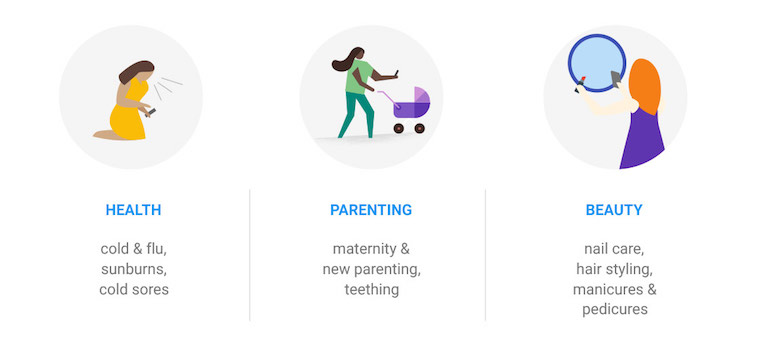
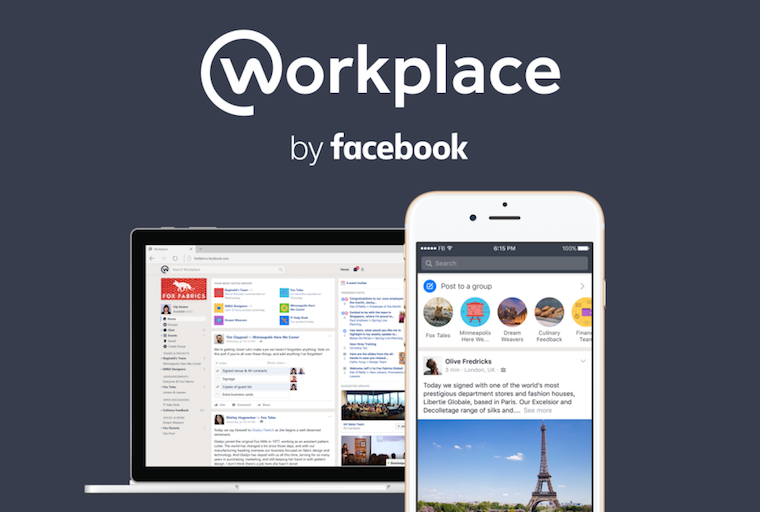
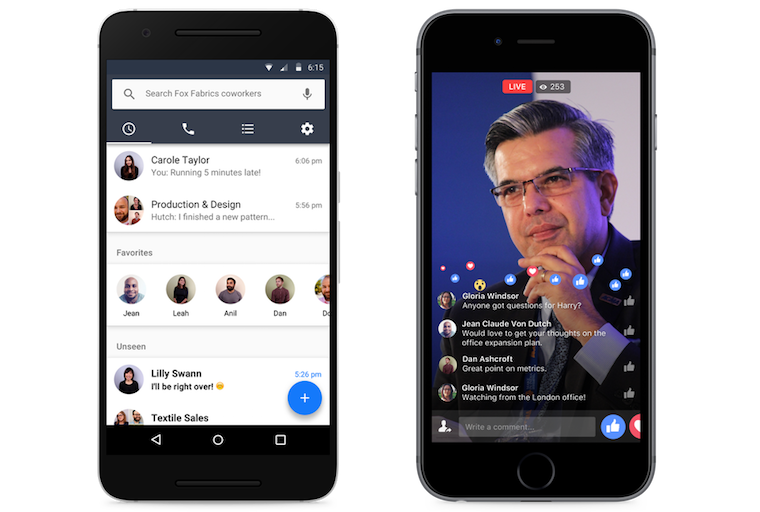
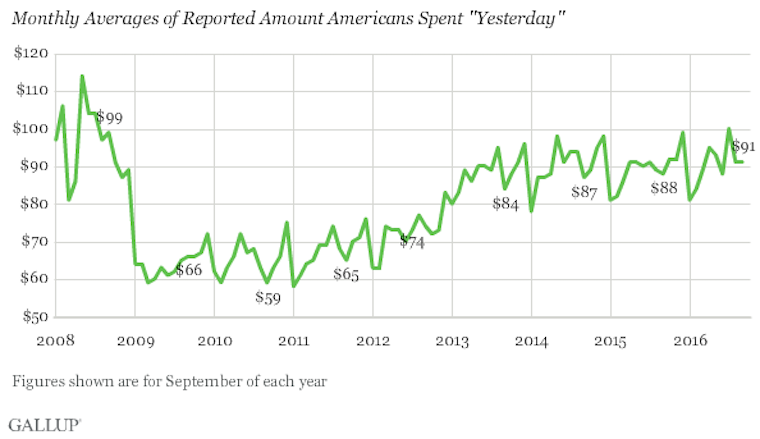
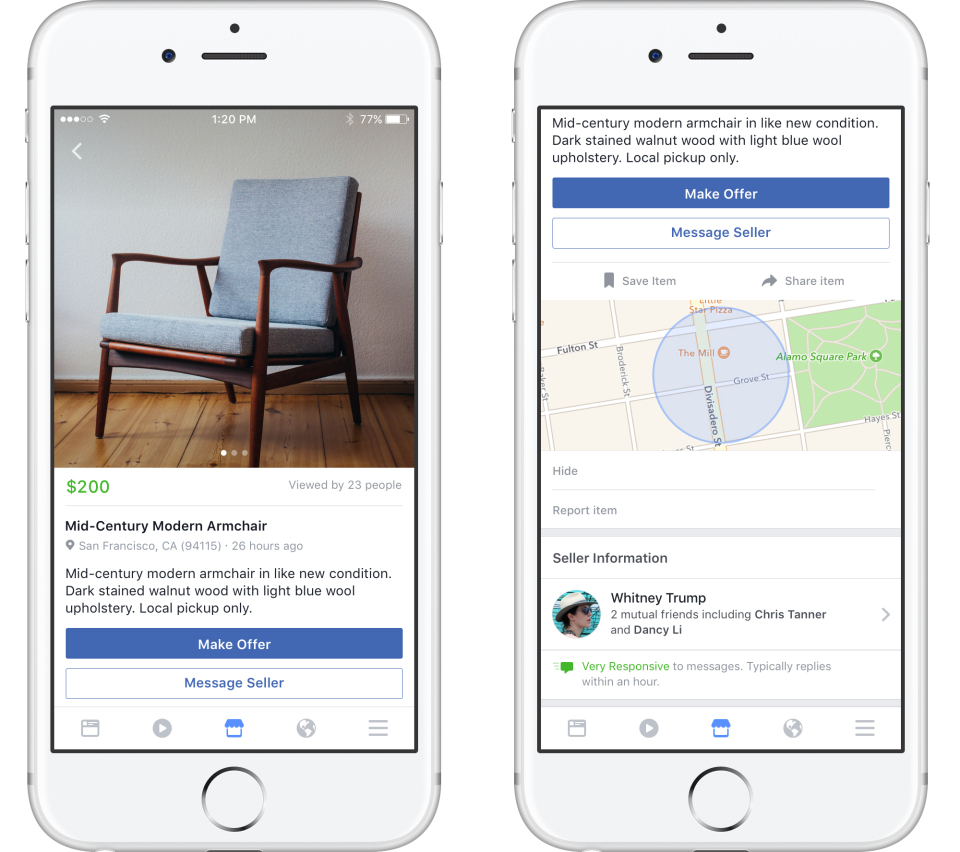 How to buy things on Facebook Marketplace
How to buy things on Facebook Marketplace